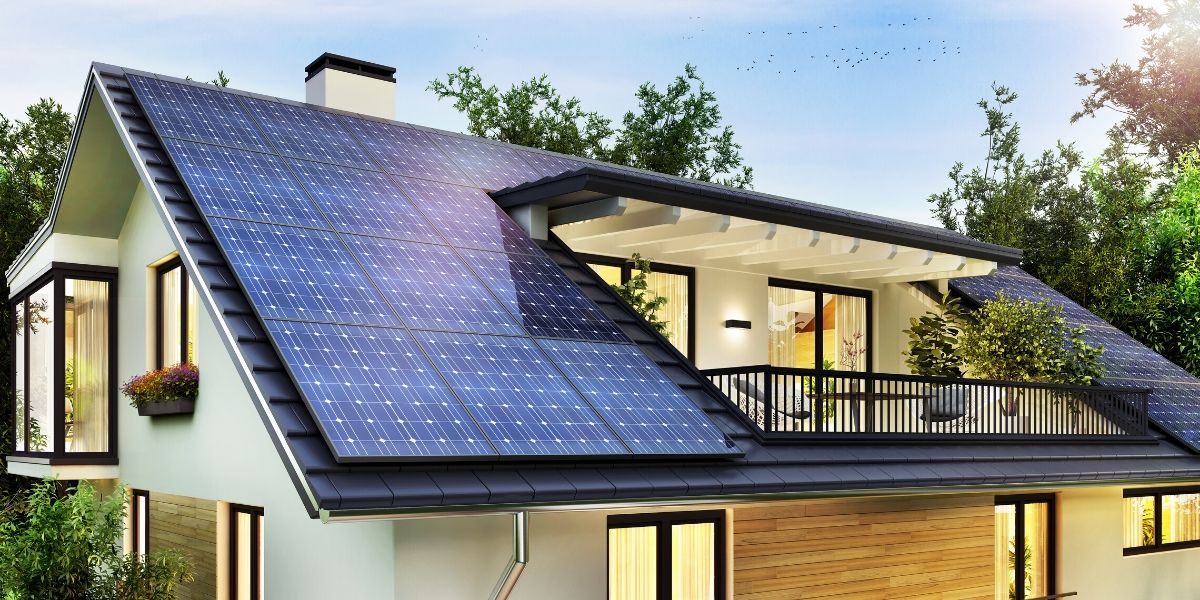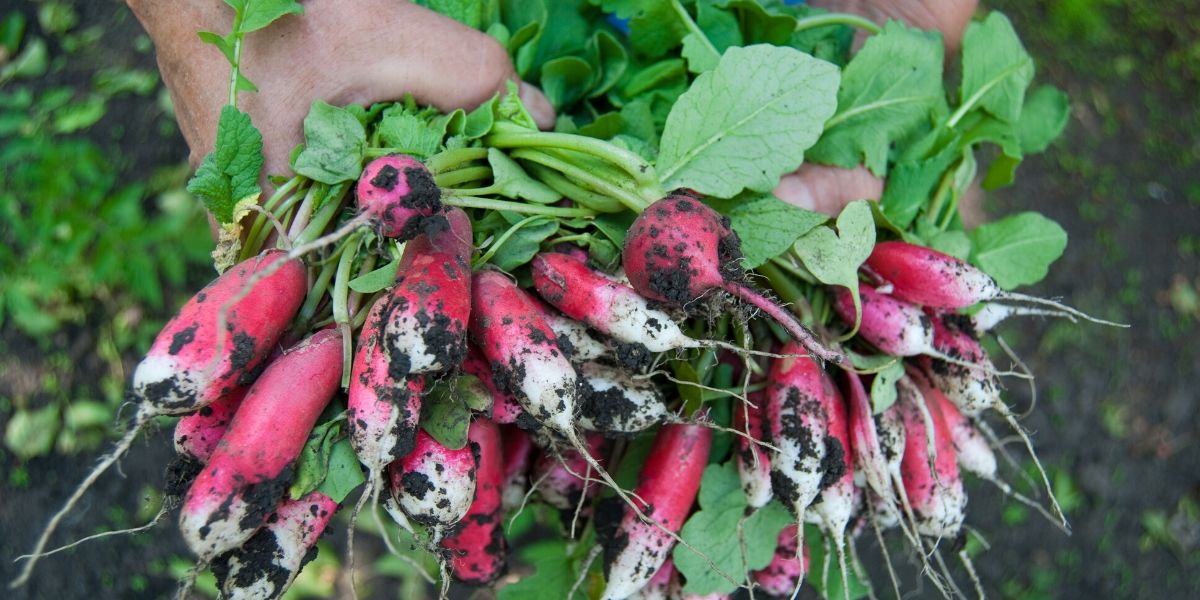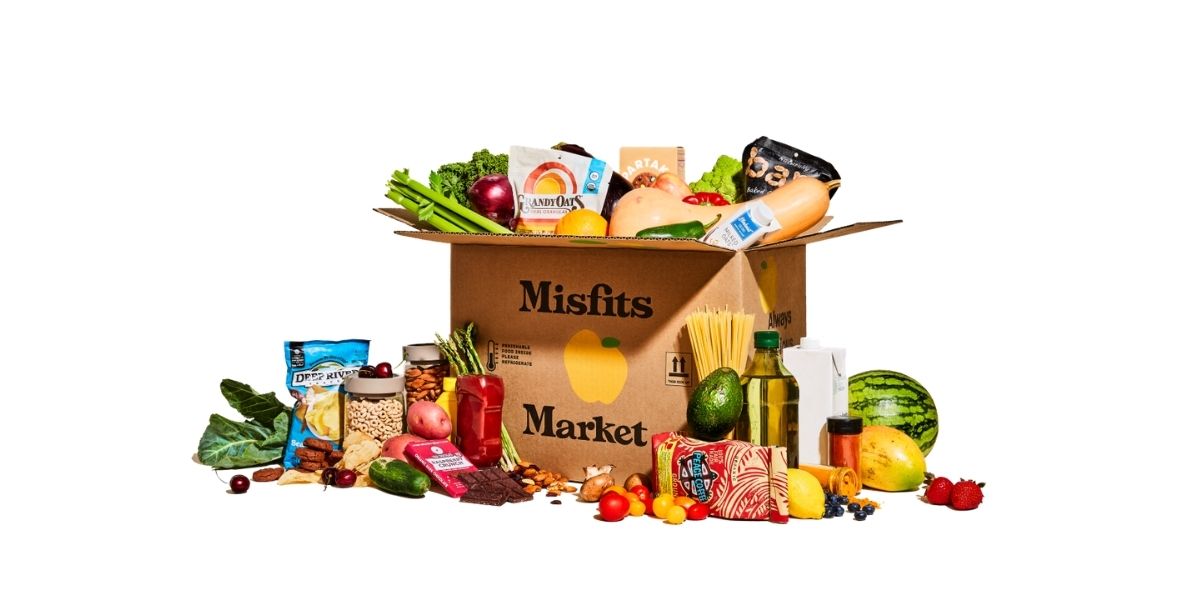My take on sustainable living is a little different than the status quo. I focus on the big picture changes that will truly impact our entire societies’ environmental footprint. No matter where you live or what your personal lifestyle looks like.
Sustainable living definition
I use the definition of sustainable development from Our Common Future. Our Common Future is often referred to as the Brundtland report. It was written by Gro Harlem Brundtland, the former Prime Minister of Norway, in 1987 for the United Nations.
“Sustainable development is development that meets the needs of the present without compromising the ability of future generations to meet their own needs,” according to Our Common Future. “Perceived needs are socially and culturally determined, and sustainable development requires the promotion of values that encourage consumption standards that are within the bounds of the ecological possible and to which all can reasonably aspire.”
Sustainable living basics
Only sustainable development will allow everyone to live sustainably. Here’s how individuals can support sustainable development and systemic change.
- Sustainable policies – Support simple yet powerful policy changes that help our economy, society, and planet thrive. Bill Gates lays out an excellent sustainable policy plan in 4 ways the U.S. can reassert leadership on climate change. I’ll cover more below.
- Support the movement to electrify everything – The electrify everything movement includes the cars we drive and the energy we use in our homes. This movement makes for an easy sustainable living shift in consumption. Instead of buying a gas-powered car, buy an electric car. Or better yet, rent one 😉 Looking for a new fireplace? Instead of piping in gas, buy an electric fireplace. It’s less expensive and so much easier to install. These are just simple examples, but you get the point.
- Make every home improvement a sustainable one – “Buildings and construction account for more than 35% of global final energy use and nearly 40% of energy-related CO2 emissions,” according to the UN Environment’s Global Status Report. There’s a lot we can do to reduce our CO2 emissions at home. Sign up for the newsletter to get my sustainable home improvement checklist.
- Buy from sustainability-minded companies – It’s time to change the old way of “take, make, waste” and toward a circular economy. If you’re not an entrepreneur, then the best way to do that is to vote with your wallet for companies that are changing the way business is done. I’ll explain more about the circular economy below.
Why is living sustainably important?
Before we go further, it’s important to understand why sustainable living is so important. This geological period of time is called the Anthropocene. This means we are living in a period of time dominated by the human species. We’ve increased the human population by about six billion people in the last 100 years. Now that’s a major impact!
Our dependence on fossil fuels is having an unprecedented impact on our planet through climate change. Our consumption habits have created environmental damage on a scale never before seen in history. So living sustainably is one of the most important things we can do.
Sustainable policies
As mentioned, sustainable policies are essential for offering companies and consumers incentives that will make sustainable living not only the most environmentally friendly choice, but also the most economical choice. Here’s how.
Support a price on carbon
A group of 45 economists including fed chairmen (including former Federal Reserve Chairmen Ben Bernanke, Alan Greenspan, Janet Yellen, and Paul Volcker) called for a price on carbon emissions as the best solution to slow climate change in 2019. And economist William D. Nordhaus won the Nobel Memorial Prize in Economic Sciences for his work in economic modeling and climate change.
“The economics of climate change is straightforward. Virtually everything we do involves, directly or indirectly, the combustion of fossil fuels, which results in emissions of carbon dioxide (CO2) into the atmosphere,” Nordhaus explains in The Climate Casino. “The problem is that those who produce the emissions do not pay for that privilege, and those who are harmed are not compensated.”
Read: Ten Myths about Climate Change Policy by Christine Lagarde, the Managing Director for the International Monetary Fund.
That’s why my number one sustainable living tip is to vote for a carbon tax. I know we can’t do this without politicians, but politicians do listen to their constituents (sometimes). So let your representative know that you are for a carbon tax by supporting the Citizen’s Climate Lobby if you live in the United States. Ideally, all countries will put a price on carbon.
Support the UN Global Goals
The UN Sustainable Development Global Goals are part of an international plan to reduce inequality, poverty and tackle climate change that most countries have signed on to. There are 17 sustainable development goals in the plan. Each goal is separate, but all are interconnected. That’s because you can’t end climate change without ending poverty and giving all children an equal right to education.
The Global Goals are the world’s most comprehensive sustainable living plan. A few of the goals most related to sustainable living in the United States are affordable and clean energy, decent work and economic growth, sustainable cities and communities, responsible consumption and production, and climate action.
Read: UN Sustainable Development Goals
Support the right to repair
The European Union’s Right to Repair Act requires companies to take large appliances back for repair beyond the warranty. This policy is aimed to help consumers keep appliances for longer, in effect keeping them out of landfills. It also encourages manufacturers to design products to last longer, rather than for planned obsolescence. A right to repair act in the United States would be a step in the right direction.
Sustainability-minded companies
As mentioned earlier, industrial polluters are to blame for most environmental issues, not individuals. (Listen to the Drilled podcast to learn exactly how fossil fuel companies led the largest misinformation campaign about climate change the world has ever seen.) However, there are a lot of ways individuals can lower their environmental footprint today.
Circular economy
This brings me to the circular economy.
Today’s economy is built on taking from nature, making products, and then wasting it in a landfill. A circular economy keeps products and materials inside an infinite loop of repair, remanufacturing, re-selling, recycling and regeneration.
“A circular economy is based on the principles of designing out waste and pollution, keeping products and materials in use, and regenerating natural systems.”
– Ellen MacArthur Foundation
Read: What is a circular economy?
Repair it
Repairing things that are broken, rather than replacing broken things with something new, is a simple yet powerful way of living sustainably. I know it seems hard sometimes. Sometimes it seems easier, and even cheaper, to replace a sweater with a hole or a pair of shoes the dog chewed the laces off. Believe me, I’ve been there. But I’ve also discovered an entire treasure trove of repair tips and secrets on Pinterest and YouTube from DIYers.
Another great resource is iFixit.
Resell it
Selling used clothes and things used to be for people who were excited for yard sales (I am not) or thrift stores (I get a little rush inside a Buffalo Exchange.) But the internet has opened up a whole new world of resale. My friends at SellHound make it super easy to find the best places online to sell almost anything using their Fetch Engine.
Return it
I don’t mean to return it before you wear it. I mean return it after you’ve worn it. Sustainability-minded brands like Patagonia ask customers to return the stuff they don’t want in exchange for coupons and store credit. Then, those products are refurbished and re-sold again through the Worn Wear section of their website. On Worn Wear, you can buy used Patagonia clothing and gear. Several other brands are launching similar programs.
Read: The guide to circular economy products
Buy refurbished and upcycled
Refurbished and upcycled products used to be seen as inferior to things made from new materials. But in a circular economy, refurbished and upcycled products are just one more way to retain value in materials that would otherwise be wasted. You might be surprised at how many products could be made from textiles and materials that would have ended up in a landfill.
Read: How one entrepreneur changed recycled clothing into upcycled fashion
Re-fill it
You’ve probably heard about the zero waste movement. Circular economy products take this one step further. They are designed to reduce waste and be refilled and repaired.
One of my favorite examples of a circular economy product is the SodaStream. Instead of buying water that’s been shipped around the world, you simply fill the SodaStream bottle with filtered tap water, carbonate it, and you’re ready to drink. Then, when the carbonation tank is empty, just send it back to SodaStream and get another one. It’s so simple. When you send it back, you save resources and energy.
Resource: The best sustainable living products

Buy Regenerative Organic Certified products
I’ll explain regenerative agriculture more below, but for now, just remember to look for the ROC label. Regenerative Organic certified products are the future of organic. The label, a collaboration between the Rodale Institute and sustainable brands like Patagonia and Dr. Bronner’s, still only has a few products. But I bet you’ll be seeing this label more soon.
Read: The future of organic looks like Regenerative Organic Certified products
Sustainable living at home
These sustainable living ideas range from super easy (like changing your air filters) to major investments (like going solar.) Do what works for your family and your budget. And remember, you don’t have to do everything at once. Start slow and pace yourself.
Change your air filters
This sustainable living tip is so simple, and so often missed. Changing your air filters every quarter is inexpensive, and it helps keep your energy bill down. The easier it is for your HVAC system to pump air, the more efficient it is. Old, clogged air filters make it hard to push air through.
Get a smart thermostat
This one is not as inexpensive as changing your air filters. However, Drawdown.org says upgrading to a smart thermostat can help save energy when programmed to turn off when you’re not home. If the future of the energy grid ends up being increasingly powered by renewable energy, smart thermostats may also help utilities and customers control when to run your appliances. When we all turn on the TV, run the laundry and dishwasher at the same time, it puts a big load on the grid all at once. Smart thermostats could help even that out, but we’re not there just yet.
Go electric
When you upgrade appliances such as your stove or cooktop, consider going electric. Why go electric? Because as the grid gets greener and powered by renewable energy, carbon-neutral cities are encouraging homeowners to phase out electric appliances.
Read: Home electrification: Why cities are phasing out natural gas
Get a home solar system
If you live in an area where a home solar system makes sense, then solar is a great option. But if you’re feeling hesitant to make a long-term commitment to a giant appliance on your roof, call your utility company to ask where most of their energy comes from.
Some utilities are getting a good chunk of their energy from renewable sources, which means you might already be powering your home from renewable power. Alternatively, some areas have local community solar projects that are more efficient than a roof solar system. If that’s the case, you can use the budget meant for a solar roof for an electric car instead, or maybe a fancy induction stove? When researching home solar, it pays to do a bit of homework on what’s already being offered in your community.
Read more: The ultimate solar home guide for single-family residences

Dispose of old appliances properly
“Substantial emissions reductions could be achieved through the adoption of practices to (1) avoid leaks from refrigerants and (2) destroy refrigerants at end of life, both after the adoption of alternatives to HFC refrigerants.”
– Environmental Protection Agency
You may have read that HFC refrigerants in our air conditioners and refrigerators and freezers are major contributors to climate change. You probably can’t live without your refrigerator, and life without AC California becomes pretty miserable in the summer. So what’s a sustainability-minded family to do? Keep an eye open for more sustainable alternatives. I’ll post an update here as more become available.
In the meantime, make sure you dispose of old air conditioning units and refrigerators properly by finding a Responsible Appliance Disposal Partner near you.
Sustainable transportation
Ah, transportation! This is a tricky one. If you live in the suburbs, as I do, you’re pretty dependent on your car. But there are ways to reduce your environmental impact. This topic is so big and hairy I won’t go into all the details. But for now, these are my simple sustainable transportation tips.
Telecommute when you can
As I write this, I’m in home quarantine due to the COVID-19 outbreak. I’ve worked from home for the last decade, so although it’s different having my kids and husband home 24/7, interacting with people online is nothing new to me. I’ve always been a fan of video chats and I’ve attended several online conferences. Which might sound weird, until you’ve tried it. Once you get used to it, it feels like a pretty obvious way for people to connect without being in the same room.
Obviously, not everything can be done online. Many jobs depend on human interaction. But I also see a surprising amount of time and pollution spent on commuting to meetings that most likely could be done virtually. This is a direct dig on my sweet and generally sustainability-minded husband who simply loves to drive. This leads me to electric cars.
Buy an electric car
As mentioned in the section on sustainable living at home, cities are encouraging homeowners to phase out natural gas and go electric. The same goes for cars. Electric cars are the future, even though they’re a small chunk of car sales today. So when it’s time for a new car, consider going electric.
Read: The many (surprising) advantages of electric cars
Walk and bike when possible
Walk and bike when possible. I know it’s the oldest sustainable living tip in the book, and I won’t bore you with the details. You’ve heard it all before. Drive less. Walk more. Yes, it’s true. Sometimes it’s also hard to do, especially when you’re carting around two kids and ten bags of groceries. Do your best and leave the rest.
Sustainable gardening
If you have a yard, you have a lot of opportunities to make a positive and sustainable impact on your local environment.
Plant native plants
Biodiversity sounds like something that only exists in the Amazon. It’s hard to imagine biodiversity in our own front yard. But a surprisingly simple thing you can do to live more sustainably is to plant native plants. Especially native plants that support local pollinators like bees and butterflies.
Plant drought-resistant plants
If you live in a drought-prone area like California or the Pacific Southwest, plant drought-resistant plants, even if they’re not native. Native plants are the best choice, but most nurseries have a limited selection. If you can’t find native plants, there are plenty of drought-resistant alternatives that are easy to find. A few of my personal favorites include lavender, rosemary, and Mexican sage.
Grow a vegetable garden
Gardening is not for everyone. Honestly, the idea of growing a vegetable garden before my youngest turned five years old felt like an exercise in frustration. When my children were little I was too tired to even keep houseplants alive. But now, my kids are older and we finally have the beginning of a fairly respectable vegetable garden. Even if you don’t grow enough food to feed your family, it’s a symbolic act in sustainable living.

Sustainable food
Ah, sustainable food. Food is emotional! We eat what tastes good and feeds our souls and fills our bellies. We absolutely need to improve the way food is grown in America so less is wasted and transported for miles. If you want to influence the food system, here are a few things you can do:
Waste less food
Food waste is a major environmental problem according to Drawdown.org. That’s why it’s important to waste less food. But how to do that is sometimes hard. Sometimes the lettuce goes bad before we have time to eat it. Sometimes our kids don’t finish all their food. It’s hard to control. That’s why I’m a huge fan of two grocery delivery services that work directly with food producers to make sure food gets sold rather than going to waste. Imperfect Foods and Misfits Market. With these grocery delivery services, I know the food I’m buying is preventing food from going to waste. Plus, I’m saving money 😉
Read: The best online sustainable delivery services

Eat local
You’ve heard this for years! Support your local farmers. Why? Because most food travels thousands of miles before it reaches your local grocery store. So buying locally produced food is one of the most sustainable things you can do. But what if your closest local farm is hundreds of miles away? Or if you love coffee, as I do, and it’s grown in a different country. Don’t stress.
This is where innovative companies have to come in to fill in the gaps. And sustainable policies can help these companies thrive. The future of local food may come from verticle farms or city rooftop farms. They’re already popping up in Europe and will hopefully begin to emerge in the United State as well. In the meantime, look for progress, not perfection.
Eat less meat
Here’s another sustainable living tip I know you’ve heard before. Eat less meat and animal products like cheese. Why? Because it takes 80% more land to grow the food that’s fed to factory-farmed livestock than to simply eat that food ourselves. But there’s another reason to cut down on meat. Most people in the United States eat twice their daily requirements of protein per day.
“The recommended intake for a healthy adult is 46 grams of protein a day for women and 56 grams for men,” according to “How Much Protein Do We Need?” by the New York Times. “Most American adults eat about 100 grams of protein per day, or roughly twice the recommended amount.”
Eat a Mediterranean diet
So there’s a good argument for eating less meat. But that doesn’t mean we all need to go vegan. Going from one extreme to the next isn’t exactly a sustainable way to live. So how should a sustainability-minded citizen eat? I’m not a nutritionist. I’m also a live and let live kind of a girl. So eat as you wish. But if you’re looking for the most sustainable diet that’s also been widely studied for it’s health benefits, the Mediterranean diet would be it.
The Mediterranean diet is based on eating mostly fruits, veggies, nuts, grains, and beans. Eat fish a few times per week. Limit sugar and processed foods. Eat red meat and dairy in moderation. It’s fairly simple and easy to stick to.
Resource: The most effective ways to go green

Support regenerative agriculture
This brings me to regenerative agriculture. Regenerative agriculture is all about healthy soil. You want healthy food? You need healthy soil. The added benefit to the planet is that healthy soil sequesters carbon. Which helps slow climate change. It also includes livestock as part of the system that helps make that soil healthy. I’ve covered this in much more detail in The future of organic looks like Regenerative Organic Certified products if you’re interested in learning more about regenerative agriculture.
The benefits of sustainable living
As you can see, the benefits of sustainable living are unique for every person. If you have kids, as I do, the benefit of sustainable living is knowing that I did what I could to leave the world a little better for them.
As you know by now, sustainable living is not just about individual actions. It’s about individual actions influencing all of society, with the goal of lasting systemic change that’s better for all people, the planet, and all the critters on it. So if there’s one thing you can do to live more sustainably, it’s to vote for a tax on carbon when you see it on the ballot. It’s simple and sustainable. It will make a big impact.
